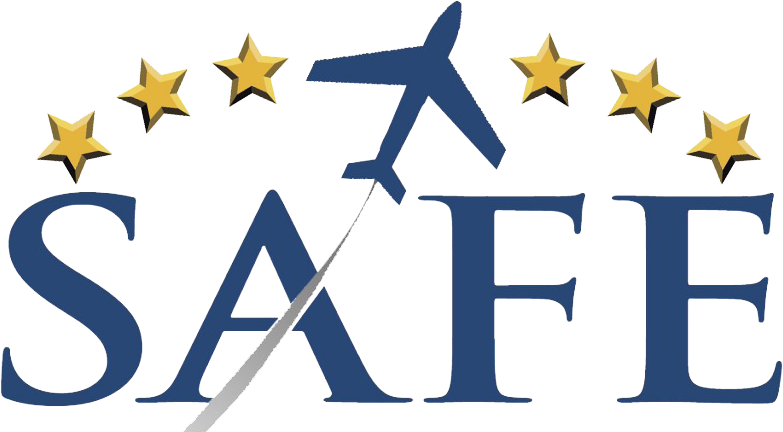With nearly two decades of professional aviation experience and over 5,500 hours of instructional flight time, I have dedicated my career to elevating the standards of flight education, safety, and mentorship values that are directly aligned with SAFE’s mission. My work as a four-time NAFI Master CFI former FAA DPE, FAA WINGS Program participant (Master Phase 4), and award-winning educator has allowed me to shape not just individual pilots but entire training ecosystems. As the owner and chief flight instructor of
AIR Ventures Flying School LLC, I have built a successful, safety-focused flight training organization from the ground up. I oversee all operations—training, compliance, and maintenance—and I am actively engaged in developing curricula, mentoring instructors, and embedding a culture of accountability and continuous improvement. This leadership perspective allows me to support SAFE’s goals from both a grassroots and organizational level. Additionally, I serve on the Board of Directors for the Black Pilot Association of Rhode Island, providing strategic input and helping to grow inclusive access to aviation. My early collaboration with Radek Wyrzykowski during the formation of the IMC Club reflects my commitment to building community-based programs that promote ongoing proficiency, decision-making, and pilot mentorship—hallmarks of SAFE’s own initiatives. I am a lifetime member of both NAFI and SAFE, as well as a member of EAA, RAF, and AOPA, and I bring to the boardroom a seasoned voice grounded in daily instructional activity, client-facing charter operations, and broader advocacy efforts. My aviation business management experience, combined with my graduate-level education in Space Operations from Embry-Riddle, equips me with both technical fluency and executive-level operational insight. Special Skills & Previous Board Experience: Board member, Black Pilot Association of Rhode Island Business Owner, 15+ years of leadership, compliance management, and fiscal oversight Strong public speaking and outreach experience through educational events, FAAST seminars, and media engagements Familiarity with regulatory frameworks, curriculum development, and instructional program design Collaborated with organizations at the formation stage (e.g., IMC Club), offering strategic planning experience I view this opportunity as a continuation of my lifelong advocacy for excellence in flight instruction, safety, and mentorship. I would be honored to contribute my leadership, operational perspective, and commitment to instructional quality to further SAFE’s mission.
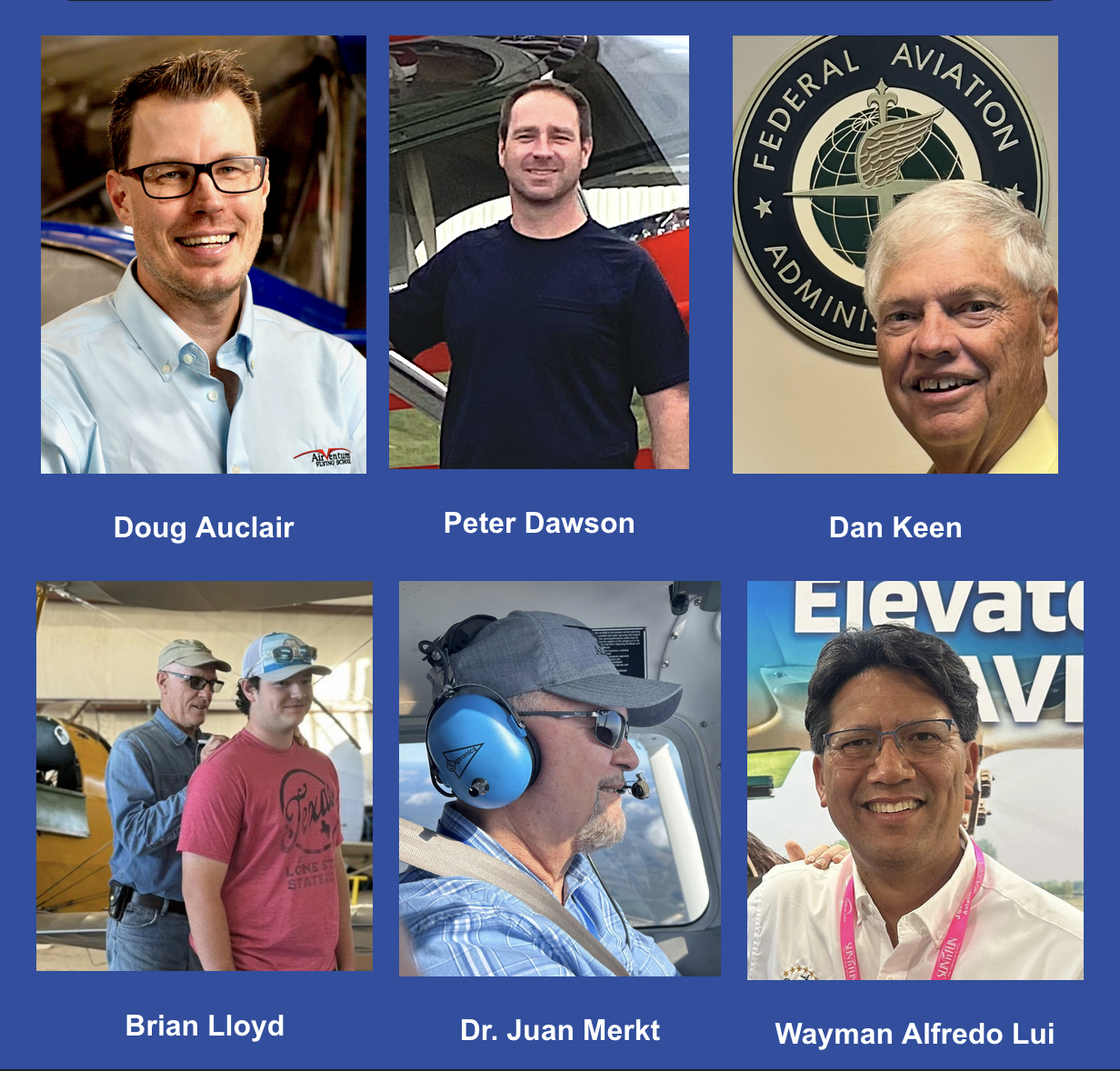
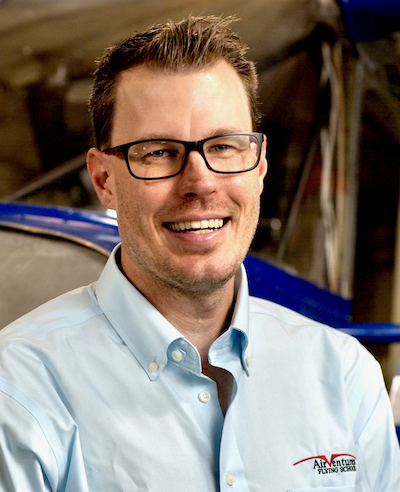 Doug Auclair
Doug Auclair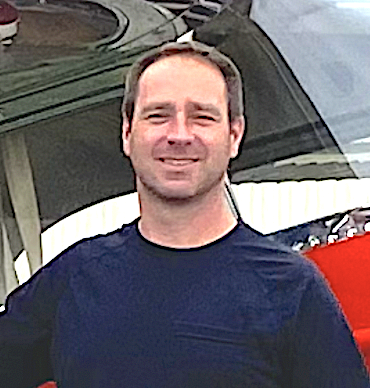 Peter Dawson
Peter Dawson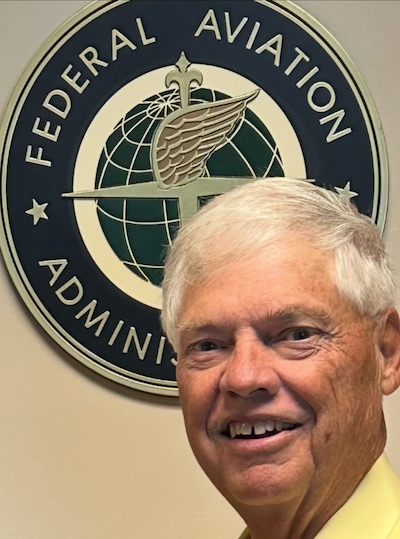 Dan Keen
Dan Keen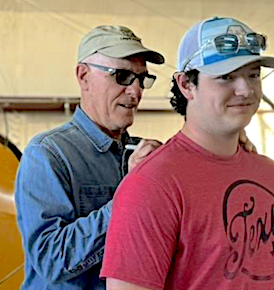 Brian Lloyd
Brian Lloyd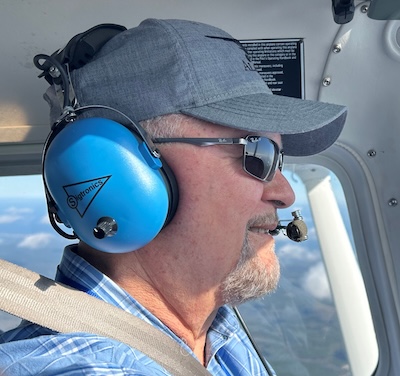 Dr. Juan Merkt
Dr. Juan Merkt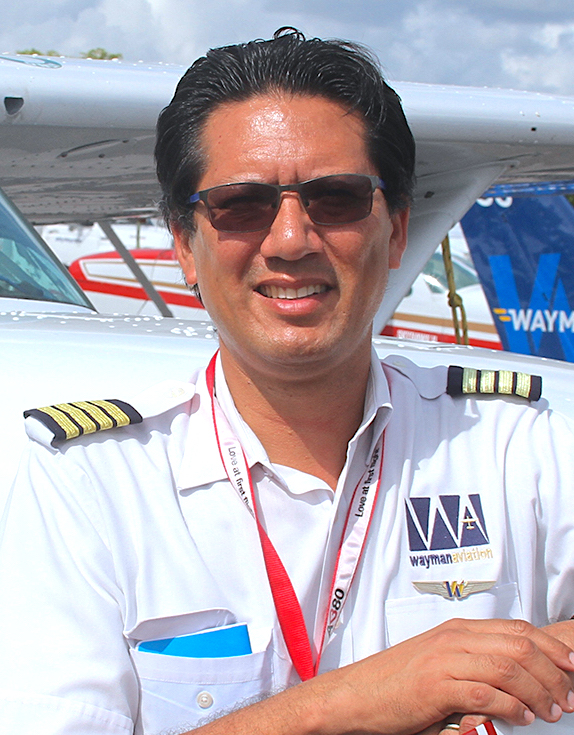 Wayman Alfredo Lui
Wayman Alfredo Lui